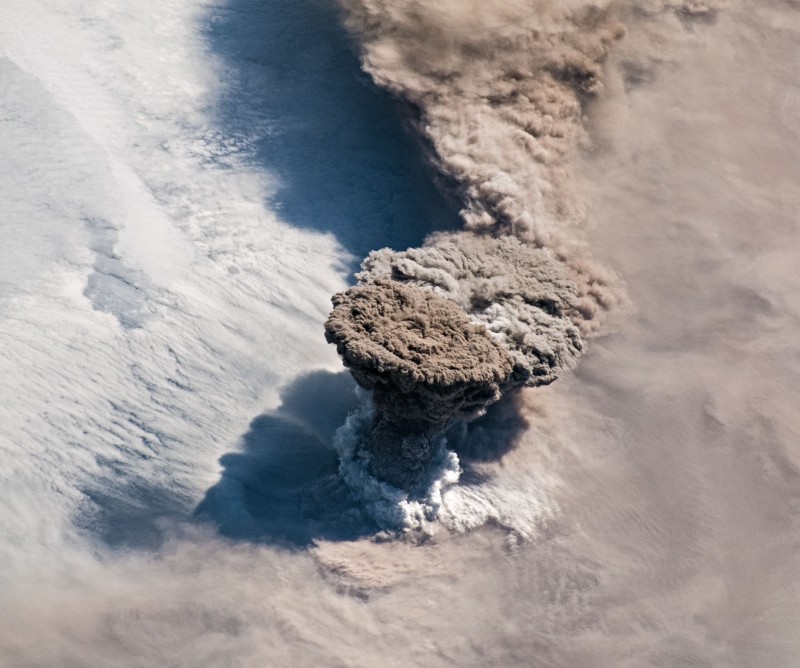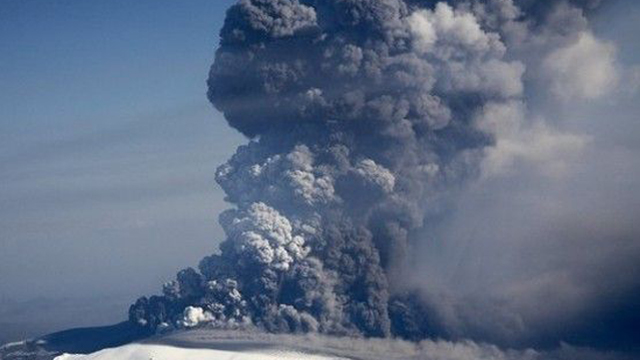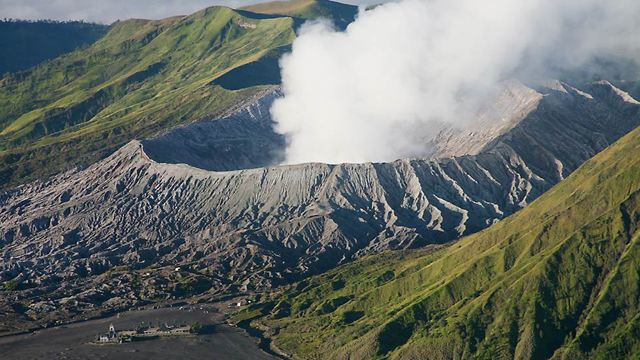Russia nixes Kamchatka and Kuril Island volcano monitoring

Bezymianny in Kamchatka, one of the many volcanoes in eastern Russia that will no longer be monitored by KVERT.
In some bad news for volcano watchers (and the general public, too), Russia has decided to stop funding KVERT (the Russian equivalent of the Alaska Volcano Observatory), the institute that monitors and researches volcanic eruptions on the Kamchatka Peninsula and the Kuril Islands in the western Pacific. Here is the news release from KVERT:
Due to a loss of government funding beginning February 01, 2010, KVERT will no longer
distribute information regarding volcanic activity in Kamchatka and the Northern Kuriles.
Specifically, the following KVERT services are suspended:
– Assignment of Aviation Color Codes;
– Sending:
– email operational messages from IVS FED RAS and KB GS RAS;
– daily activity report in English from KB GS RAS (table format);
– KVERT Information Releases about current activity and forecasts activity of
volcanoes of Kamchatka and Northern Kuriles from IVS FED RAS
to all users including Tokyo VAAC, Anchorage VAAC, and Washington VAAC, and airlines
In addition, KVERT will no longer maintain its public web site with volcano information.
Access to the following information will cease:
– KVERT information releases
– Volcanic danger prognosis for aviation for next week (in Russian)
– Current Activity of the Volcanoes
– MODIS and NOAA satellite images
– Weekly information on current eruptions on the IVS website
So, for all intents and purposes, all the local expertise and information about the eruptions in eastern Russia is no more. No more aviation alerts, no more website with hundreds of images of the volcanoes erupting, no more updates on the activity along the arc. Now, why should you care?
- Have you looked at the aviation routes to Asia lately? Last year when Sarychev Peak in the Kuril Islands erupted, there was a large disruption of air travel – both passenger and freight – from North America/Europe to eastern Asia. Volcanoes are a serious hazard to aviation. This was to avoid the ash plume from the erupting volcano, which can stall engines on jet aircraft – a recipe for an air disaster. Luckily we had KVERT monitoring the volcanic eruption to give air traffic controllers and airlines information about the ash cloud and its behavior.
- The Kamchatka Peninsula and Kuril Islands are one of the most active volcanic arcs right now – at one point recently 6 volcanoes were erupting or showing signs of imminent eruption simultaneously. Now, we have no group dedicated to keeping track of the changing activity at noisy volcanoes like Shiveluch, Bezymianny, Kliuchevskoi, Sarychev Peak and many more.
- After an event like the Haitian earthquake, any time you see a government stop funding groups that monitor and mitigate for natural disasters, you have to wonder if the politicians have even a remote grasp of why these disasters occur. The more we know about the potential hazard and the better grasp we have during disasters, and especially during the period in between disasters, the more likely we are to avoid disaster. Why the period between disasters? If we can understand what leads up to a large eruption or earthquake or the like, then we can give people more warning – and more warning leads to more chance to reach safety.
This, again, shows that the general public and politicians around the world are uninterested in science. We can spend $50 million dollars for a new MIG, but not to fund a vital institution that can help prevent disasters over one of the busiest flight corridors in the world.




